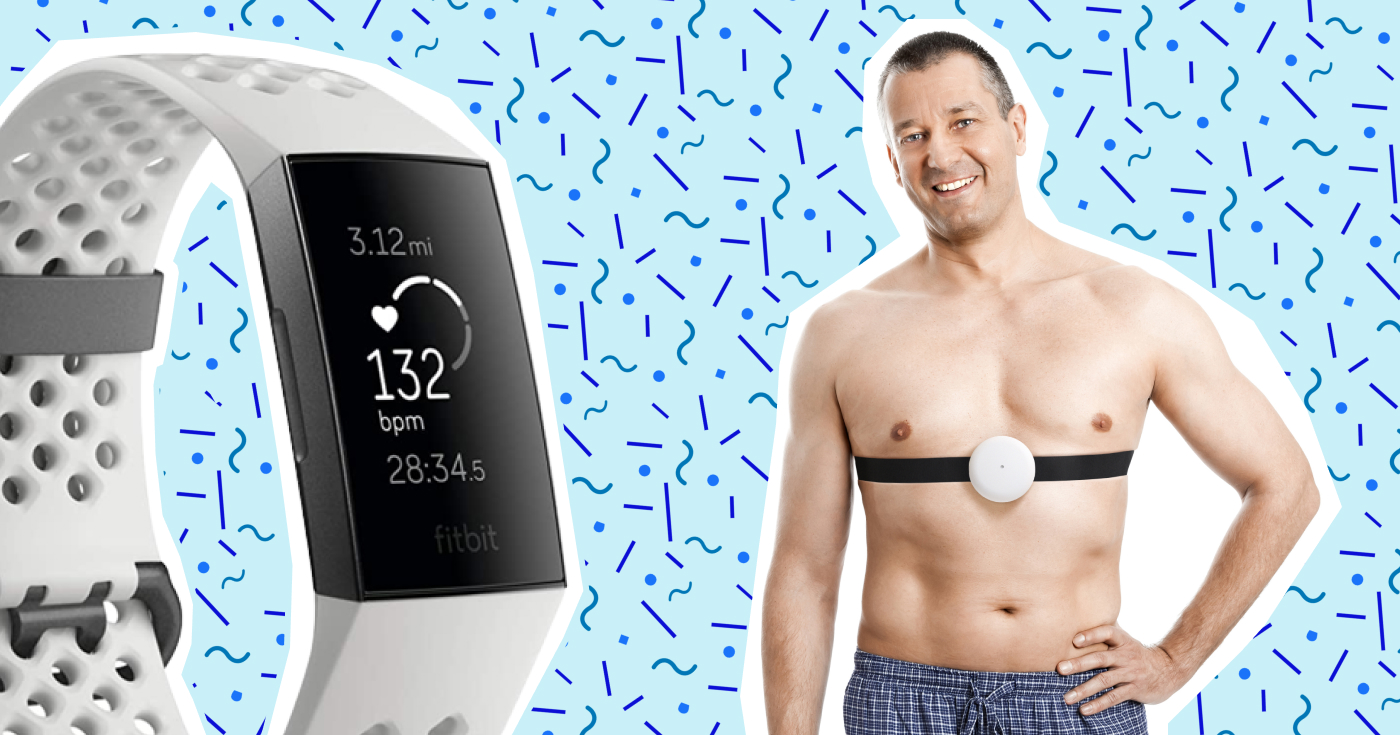That chest straps are much more accurate than wrist optical heart-rate monitors is a fact that’s been backed by plenty of data. And while it’s useful to know the nitty-gritty details of HR during quality sessions (intervals, reps, tempos, etc.), amateur runners can just as well train without knowing their HR values and still improve. What every runner should be interested in, however, is the average heart rate over time during easy runs, which calls for an accurate HR monitor.
Following HR Trends during Easy Runs
Knowing how your heart behaves during easy runs is a direct indicator of your fitness as a runner. It also tells you how your body is responding to your training regime. This especially useful for beginning runners and those coming back to training after a break.
When you start running, the first few weeks or months should be entirely devoted to easy running, i.e., running at a comfortable pace where you can easily hold a conversation. Calculate your maximum heart rate for easy runs to know what to aim for. Quality sessions, i.e., any work above your easy running heart rate (e.g, intervals, repetitions, or threshold runs), can be added after you’ve built a solid aerobic base. Let your body adapt to the movements and exertion imposed by running during this phase of training.
When building an aerobic base, it might be tempting to increase the intensity of your workouts or mileage, but if you do it too soon, well before your body is able to digest the increased training stimuli, you risk overtraining or developing an injury. Take it slow.
Can't I Just Go by Feel?
Yes, you will of course feel if you’re responding well to training or not. But following HR trends will help you paint a bigger picture, allowing you to address a variety of possible issues with your training or habits that are impacting your improvement. If you’re noticing constantly high HR values during easy runs, it means there’s something in your training that requires closer inspection because it’s inhibiting your progress. When that happens, ask yourself these questions: Are you getting enough recovery between runs? Maybe you’re running too much for your current fitness?
Are you doing too many quality sessions per week and thus struggle to recover properly?
Without addressing these issues early on, you’re working out constantly tired, adding layer after layer of fatigue. In a state of constant fatigue, positive adaptations don’t occur, and you’re botching your training.
On the flip side, when you notice that your HR is consistently dropping as you train, you can assume that your body is ready to tackle more mileage and harder training stimuli — you need accurate HR data to know that.
But Isn’t a Wrist Heart-Rate Monitor Enough for Easy Runs?

The thing with wrist heart rate monitors is that they respond poorly to changes in HR, and they have a particularly hard time coming back to real heart rate values after a surge caused by, say, a change in terrain. After a spike in HR, wrist-based HR monitors tend to lock on that higher value for along time. This inaccuracy results in a false average heart rate for an easy session. And believe me, 145 bpm vs. 155 is a huge difference when you’re tracking your progress.
If it’s cold outside, you can pretty much forget what the wrist HR monitor indicates. Your hands get cold and the circulation slows down — optical sensors become useless. Also, optical blood flow measurement from the wrist can falsely show lower values for which you might try to compensate by running faster. While the Earth won’t stop spinning when you do so, by running faster you’re exerting higher fatigue on your heart muscle, thus needing a longer recovery period.
What Kind of Devices Should I Use Then?
To me, these are chest straps. By measuring the heart rate by way of electrodes, chest straps are highly accurate and responsive to HR fluctuations. External conditions don’t affect the measurement. Most quality chest straps out there will also let you measure running dynamics, respiration rate, or HRV — metrics that will further help you plan and execute your training.

And if you find chest straps uncomfortable, the sports wearable market has an alternative: armbands. Even though they use optical sensors, their placement on the body makes them more responsive and accurate for HR tracking than wrist-based HR monitors.
Follow the General HR Trend
Whichever device you choose, what’s important is looking at the general trend in which your HR values are going. So don’t get discouraged when your HR is elevated during an easy run if it’s an isolated case. Remember, an isolated indisposition can be caused by plenty of things:
- Not enough quality sleep
- Poor diet and hydration
- PMS for women
- Caffeine consumption
- Warm weather: temperatures above 60F (15C) will elevate your heart rate during workouts
If you want to be a better and faster runner, you should look at your training holistically. Proper diet, quality workouts, enough recovery, and equipment will all help you improve. But don’t beat yourself up over them too much and just go for a run!


